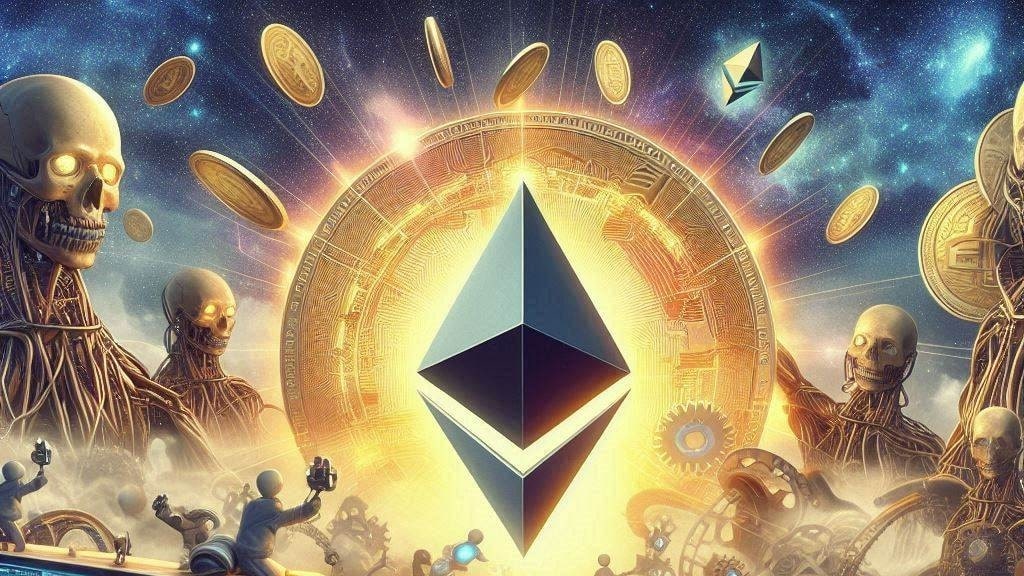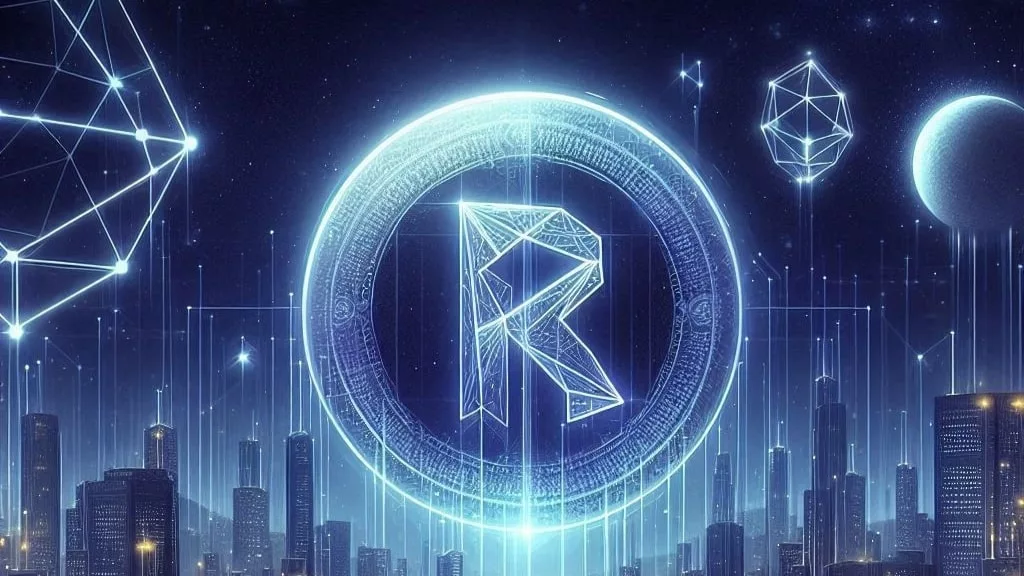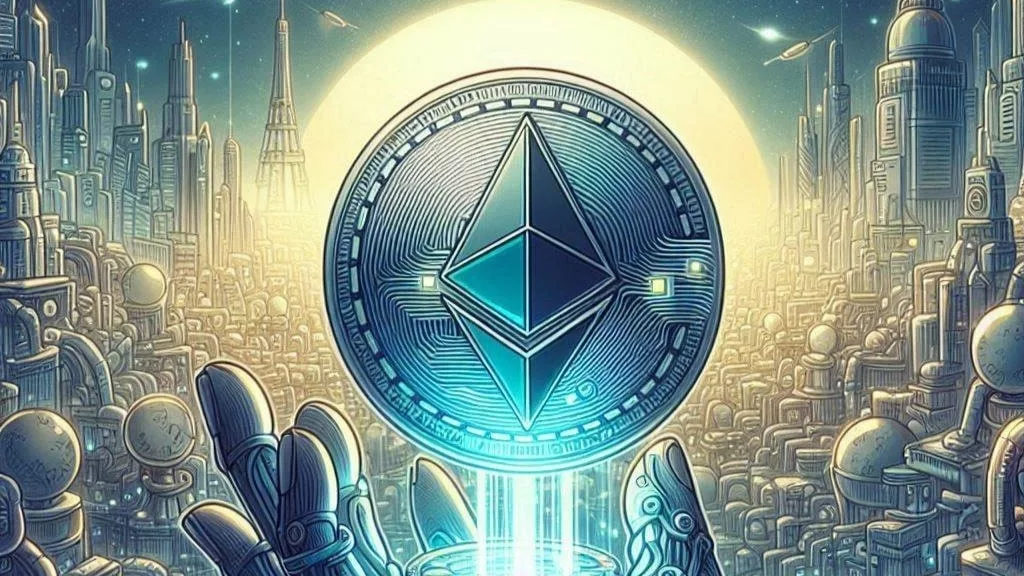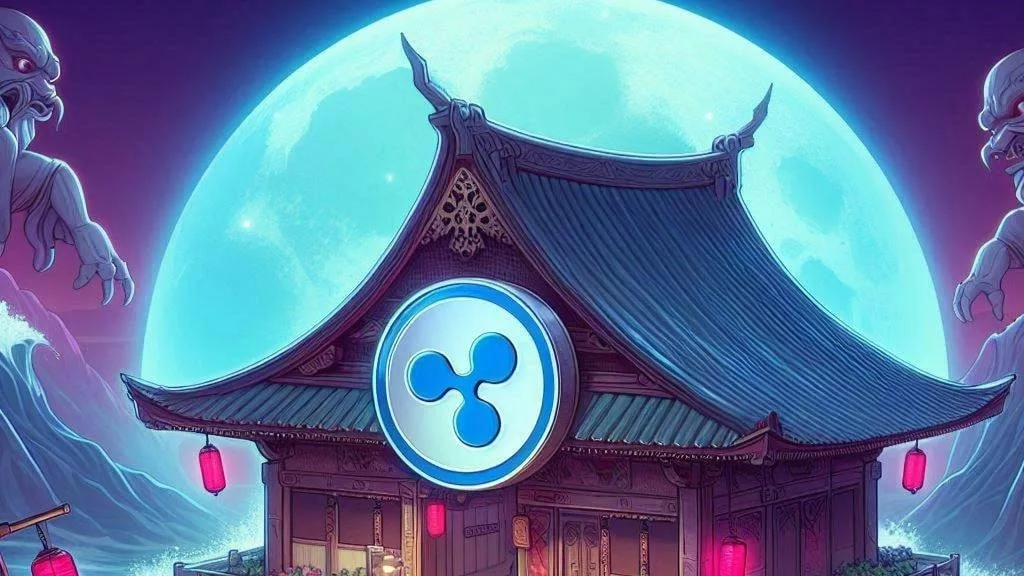
Ethereum, the world’s second-largest cryptocurrency by market capitalization, initially gained acclaim for its deflationary economic model introduced through Ethereum Improvement Proposal (EIP) 1559. This upgrade implemented a base fee burn mechanism designed to reduce the total supply of ETH, theoretically boosting its value over time. As transaction activity on Ethereum’s network increased, the amount of ETH burned through these fees was expected to decrease the overall supply, contributing to a rise in value.
However, recent developments are challenging this narrative. Crypto analyst Thor Hartvigsen’s latest findings suggest that Ethereum’s fee generation has significantly declined, raising concerns about whether the network can maintain its deflationary status.
According to Hartvigsen, August 2024 is poised to become one of the worst months for Ethereum’s fee generation since early 2020. The decline is largely attributed to the introduction of “blobs” in March 2024, which allowed Layer 2 (L2) solutions to bypass significant fees that were traditionally paid to Ethereum’s mainnet. This shift has resulted in a substantial portion of transaction activity moving off the mainnet and onto L2 solutions.
Blobs are data structures that enhance the efficiency of Layer 2 solutions, but they have inadvertently reduced the fees collected by Ethereum’s mainnet. As a result, Ethereum’s fee income has decreased, impacting its deflationary mechanism.
The impact of decreased fee generation is significant: Ethereum is now experiencing net inflation. The annual inflation rate for Ethereum has risen to approximately 0.7%, meaning that the issuance of new ETH is currently exceeding the amount burned through transaction fees. This represents a departure from Ethereum’s previous deflationary model and raises questions about the long-term sustainability of its economic model.
Hartvigsen’s analysis reveals that the shift towards inflation is primarily due to the reduced effectiveness of Ethereum’s fee burn mechanism. With blob fees often being minimal and base fee generation decreasing, the amount of ETH being burned has not kept pace with new issuance. This shift has important implications for both non-stakers and stakers.
The effects of these economic changes differ between non-stakers and stakers on the Ethereum network:
The current trends suggest that Ethereum’s status as “ultra-sound money” may be waning. With decreasing fees and rising inflation, the cryptocurrency’s economic model is facing significant challenges. The annual inflation rate of 0.7%, while still lower than many other Layer 1 (L1) blockchains, indicates that Ethereum is no longer experiencing the same deflationary pressures that once characterized its model.
Hartvigsen proposes that Ethereum might need to consider new strategies to maintain its value proposition. One potential approach could be to increase the fees that Layer 2 solutions pay to Ethereum’s mainnet. However, this could present competitive challenges for L2 solutions and may affect the broader ecosystem.
The comparison to other Layer 1 blockchains, such as Solana and Avalanche, which also face inflationary pressures, highlights that Ethereum’s situation is part of a larger trend impacting many blockchain networks. The need for innovative solutions to sustain value and competitiveness is becoming increasingly apparent.
Ethereum’s economic model is at a pivotal moment. The deflationary narrative that once set it apart is now being tested by new economic realities. As Ethereum navigates these challenges, stakeholders will need to remain informed and adaptable. Whether Ethereum can regain its deflationary edge or whether it will evolve into a new economic paradigm is yet to be seen.




Get the latest Crypto & Blockchain News in your inbox.